High blood pressure, or hypertension, affects over a billion people worldwide and silently increases the risk for heart attacks, strokes, kidney disease, and other life-altering complications. The reality is, many individuals may not realize they have high blood pressure until it’s already causing damage. Modern life—marked by demanding work hours, processed food, urban stress, and sedentary habits—can make managing blood pressure a daily struggle, especially in bustling cities such as Lagos and beyond.
Learning how to quickly lower blood pressure at home gives you back a sense of control, whether you’re facing a sudden spike after a stressful event, wanting to improve your health naturally, or supporting long-term heart wellness alongside medical advice. This knowledge empowers not only those already diagnosed with hypertension but also people who want to prevent it or keep their numbers in check during stressful times.
Why is this so crucial? Rapid changes in blood pressure can occur without warning, sometimes in response to strong emotions, dehydration, excessive salt intake, or a restless night’s sleep. For those with a family history of cardiovascular problems or living in high-stress environments, immediate and effective home strategies are essential. Luckily, simple, practical steps—grounded in science and expert recommendations—allow you to start making a difference within minutes.
In this comprehensive guide, you’ll find trusted techniques for fast results and advice tailored for daily life, no matter where in the world you live. Instead of complicated regimens or extreme measures, you’ll discover easy shifts in breathing, hydration, diet, and activity that make a real impact. The goal: quick relief you can count on, and sustainable, long-term improvements for a healthier, stronger tomorrow.
Understanding Blood Pressure: The Basics
Blood pressure is the force exerted by circulating blood against the walls of your arteries. It is measured in millimeters of mercury (mmHg) and recorded as two numbers:
- Systolic (top number): pressure during heartbeats.
- Diastolic (bottom number): pressure between heartbeats.
Normal blood pressure: around 120/80 mmHg.
Prehypertension: 120-139/80-89 mmHg.
Hypertension (high BP): 140/90 mmHg or higher.
Why High Blood Pressure is a Global Concern
- It’s often symptomless, earning the nickname the silent killer.
- Over 1.2 billion people worldwide suffer from high BP.
- It can lead to heart disease, stroke, vision loss, and even cognitive decline.
How Stressful Modern Life Impacts Blood Pressure
Modern life, with its constant connectivity, work pressures, processed foods, and reduced physical activity, creates an environment ripe for high blood pressure. Knowing how to quickly lower blood pressure at home, without medication or waiting for a doctor’s appointment, is more relevant than ever.
How to Quickly Lower Blood Pressure at Home: Essential Strategies
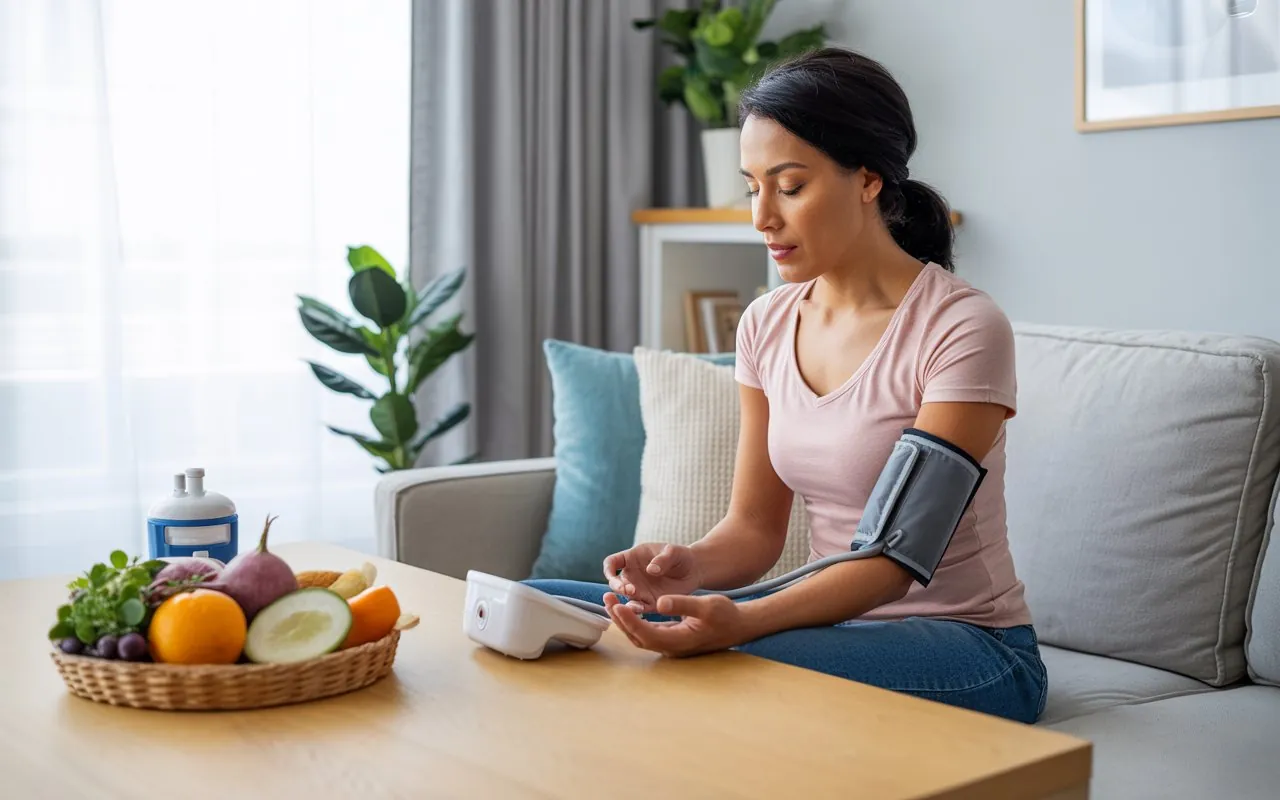
The phrase “how to quickly lower blood pressure at home” means taking immediate, safe steps to reduce high readings and minimize health risks. Let’s dive into detailed, actionable techniques for quick relief.
Deep Breathing: Your First Line of Defense
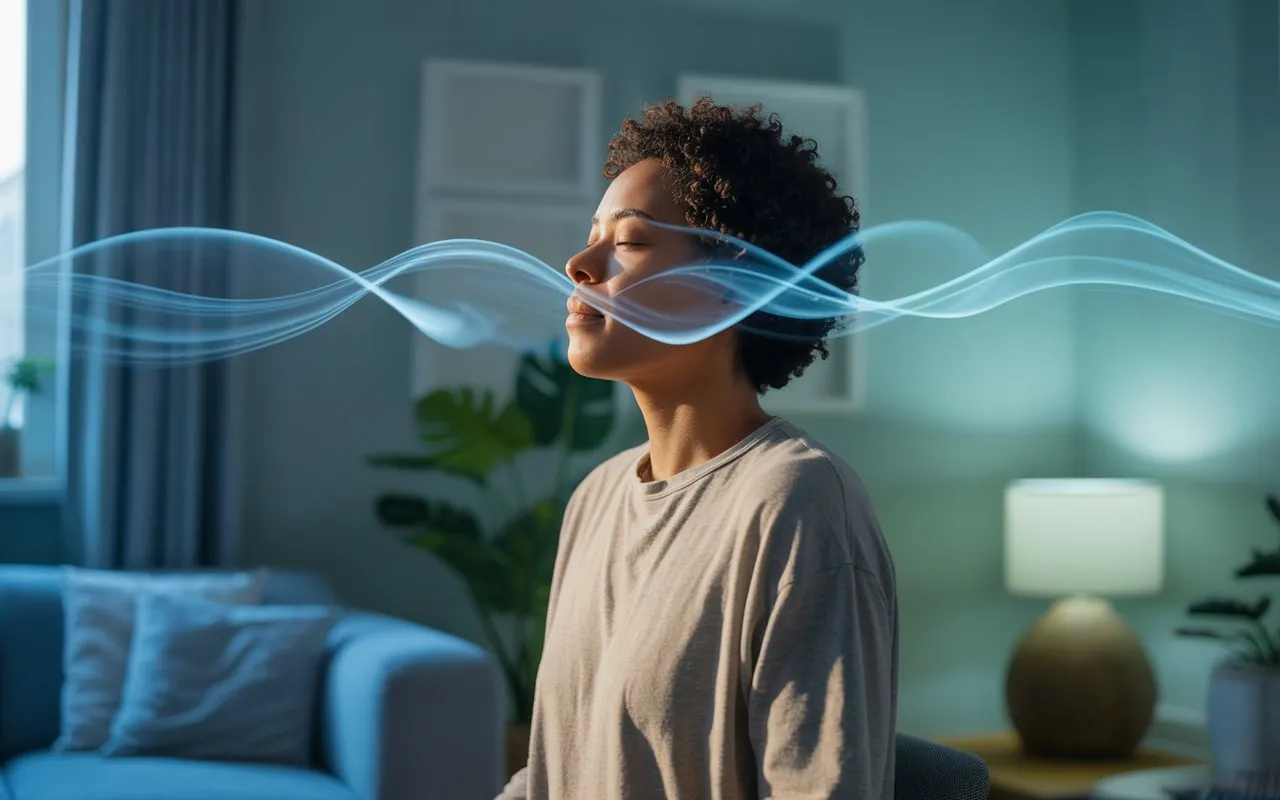
How It Works
Slow, deep breathing calms your nervous system, reduces stress hormones, and helps widen blood vessels for better blood flow. The result? A noticeable, sometimes rapid drop in blood pressure.
Techniques You Can Try Now
- Box Breathing: Inhale for 4 seconds, hold for 4, exhale for 4, hold for 4—repeat for 2-3 minutes.
- 4-7-8 Technique: Inhale for 4 seconds, hold for 7, exhale slowly for 8. Repeat 4 times.
Practical Example
Imagine you’ve just received alarming news. Instead of panicking, sit or recline comfortably. Close your eyes, place a hand on your stomach, and try a cycle of box breathing. Within minutes, your heart rate should slow, and your blood pressure may begin to decrease.
More Relaxation Methods
- Alternate nostril breathing (used in yoga)
- Progressive muscle relaxation (tense, then release muscles in order)
- Guided meditation apps (e.g., Headspace, Calm)
Why This Works
Studies show that deep breathing sends signals to your parasympathetic nervous system—the “rest and digest” mode—which lowers pressure levels.
Physical Activity: Move Your Body, Lower Your Numbers
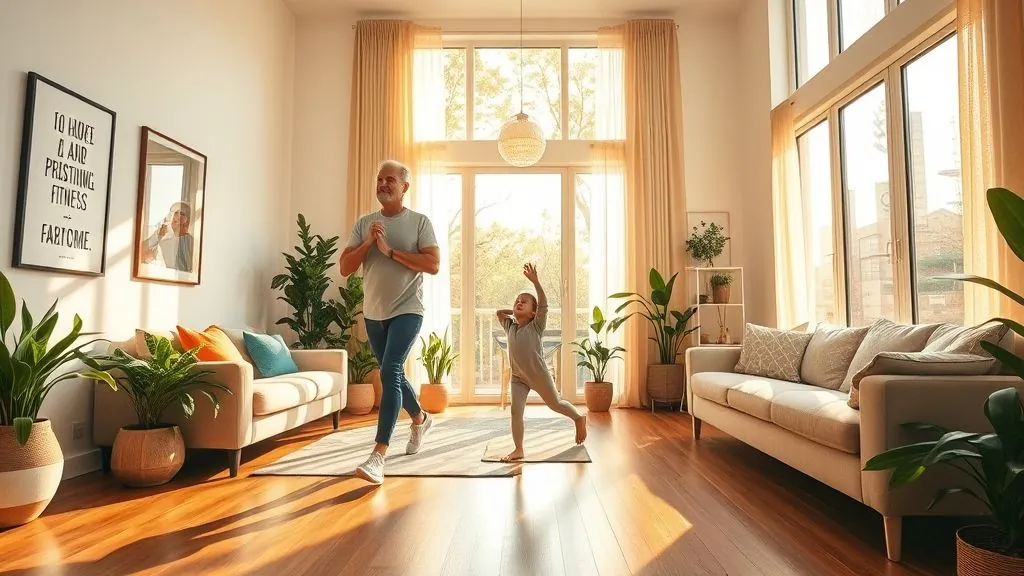
Exercise isn’t just for weight loss; it’s a fast-acting way to quickly lower blood pressure at home.
Immediate Actions
- Ten-Minute Walk: Briskly walk inside, around your garden, or up and down stairs. Any movement increases circulation and helps your heart pump more efficiently.
- Stretching: Gentle stretches, yoga poses (downward dog, child’s pose) can calm both your body and mind.
At-Home Workouts
- Chair exercises: March in place while watching TV.
- Dance: Put on a song and move!
- Bodyweight circuits: Do a 5-minute set of squats, lunges, and wall push-ups.
Practical Example
If you’ve been sitting for an hour, set a timer and walk briskly around your home. Even short bursts of exercise lower systolic blood pressure by several points.
Long-Term Benefits
Regular movement lowers resting blood pressure, strengthens your heart, and improves circulation.
Drink Smart: Hydration & Blood Pressure-Lowering Drinks
Dehydration can constrict blood vessels and spike your blood pressure. Hydrating—and choosing the right beverages—matters!
Best Choices for Quick Results
| Drink | How it Helps |
|---|---|
| Water | Eases vessel constriction, supports heart function |
| Beetroot Juice | Contains nitrates, proven to lower blood pressure within hours |
| Hibiscus Tea | Acts as a mild natural ACE inhibitor |
| Pomegranate Juice | Full of antioxidants and potassium |
| Unsweetened Tomato Juice | Rich in potassium and lycopene; supports vascular health |
| Skimmed Milk | Provides calcium and bioactive peptides, aids blood vessel relaxation |
Practical Example
If you wake up feeling anxious about your BP, start your day with a glass of water, a cup of hibiscus tea, or a smoothie with berries and greens.
What to Avoid
- Sugary sodas, energy drinks
- Alcohol beyond moderation (can spike pressure)
- Excessive caffeinated drinks
Eat to Beat High Blood Pressure

What you eat, both over time and in the moment, can affect your blood pressure levels.
Slash Sodium: The #1 Dietary Step
Salt causes your body to retain water. That extra fluid increases blood pressure. Reducing salt can make a significant, even immediate, impact.
- Tip: Check labels for “sodium” content. Choose “no salt added” or low-sodium options.
- Flavor boosters: Use herbs like garlic, basil, oregano, and lemon to season meals without salt.
Potassium: Blood Pressure-Friendly Mineral
Potassium balances sodium and promotes relaxed blood vessel status.
- Sources: Bananas, oranges, sweet potatoes, avocados, spinach, beans, yogurt, and tomatoes.
Magnesium and Calcium
Both support blood vessel health. Leafy greens, nuts, seeds, dairy products, and whole grains are good sources.
Sample Anti-Hypertension Meal Plan
| Meal | Example |
|---|---|
| Breakfast | Oats with chia seeds, berries, and a slice of avocado |
| Morning Snack | Unsalted almonds, apple |
| Lunch | Grilled chicken, brown rice, roasted sweet potatoes |
| Snack | Carrot sticks, hummus, a cup of hibiscus tea |
| Dinner | Baked salmon, steamed leafy greens (spinach/kale), quinoa |
| Evening Snack | Greek yogurt, honey drizzle, banana |
Foods to Completely Avoid During High Blood Pressure Spikes
- Instant noodles, canned soups
- Salted snacks (chips, crackers, nuts)
- Ready-made sauces (soy, teriyaki)
- Processed meats (sausages, bacon)
- Cheese slices with high sodium
Lifestyle Habits for Fast and Lasting Results
Manage Stress: Mind-Body Methods
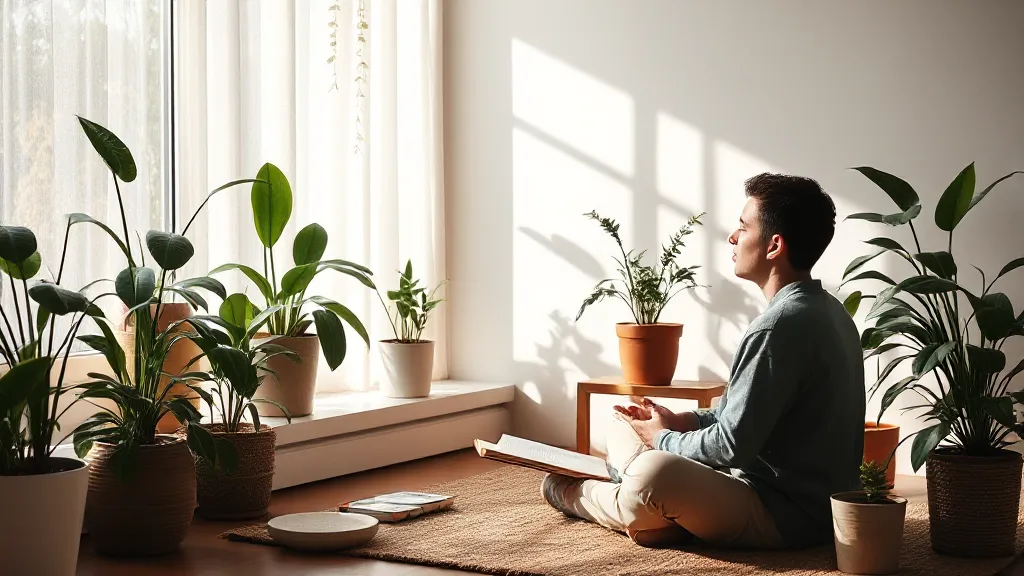
Stress is a major driver of high readings. Learning to manage it quickly is key.
Psychological First Aid
- Remove yourself from a stressful situation (if possible)
- Call a friend or family member for support
- Practice gratitude journaling—note three things you’re thankful for
At-Home Stress-Relief Techniques
- Listen to soothing music (classical, jazz, ambient sounds)
- Take a slow, mindful walk in your garden or neighborhood
- Try aromatherapy (lavender, chamomile)
Visualization Technique
Close your eyes and picture a peaceful place—beach, forest, mountains. Focus on the sensory details. This calms your mind and lowers tension in your body.
Improve Sleep Quality
Poor sleep increases stress hormones and spikes blood pressure.
Sleep Hygiene Tips
- Stick to a consistent bedtime, even on weekends
- Avoid caffeine after 2pm
- Keep your bedroom dark, cool, and quiet
- Limit screens an hour before bed—try reading or gentle stretching
Night-Shift Workers
If you work nights, use blackout curtains and try relaxation techniques before sleeping during the day.
Monitor Blood Pressure at Home: Become Your Own Advocate
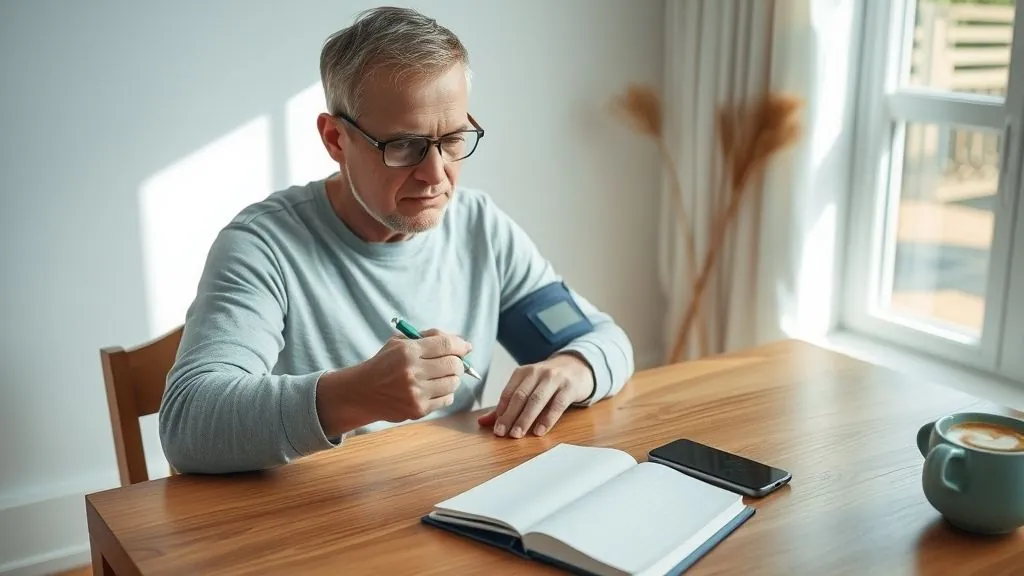
Tracking your numbers empowers you to see what works and spot dangerous spikes.
Steps for Accurate Home Monitoring
- Use a validated, upper-arm monitor with an appropriate-sized cuff.
- Take readings while sitting and relaxed, with both feet on the floor.
- Avoid measuring immediately after exercise, caffeine, or stress.
- Record every measurement in a diary or app.
How Often Should You Check?
- If you’re trying to quickly lower your blood pressure at home, check morning and night, and anytime you feel “off.”
- Consistent spikes? Discuss with your healthcare provider.
Maintain a Healthy Weight
Carrying extra weight makes your heart work harder. Just a 5-10% loss can result in measurable BP drops.
Sustainable Weight Management
- Focus on slow progress (1-2 kg per month)
- Reduce added sugars and fried foods
- Prioritize movement over perfection—any increase in physical activity counts
Bonus: Weight loss enhances the effectiveness of other natural BP-lowering remedies.
Limit Alcohol and Quit Smoking
Alcohol and tobacco can both spike blood pressure and cause heart damage.
Smart Drinking
- Limit alcohol to a maximum of one drink per day for women or two for men
- Choose lower-alcohol options (e.g., light beer, wine spritzer)
Quit Smoking: Fast Facts
- Nicotine narrows blood vessels, instantly raising blood pressure
- Stopping provides measurable health improvements within weeks
- Seek help—hotlines, counseling, and apps can support quitting
Herbal and Natural Remedies for Home BP Control
While not replacements for medical treatment, some herbs and supplements can help.
Common Natural Remedies
- Garlic: Raw or aged garlic capsules can mildly lower blood pressure.
- Hibiscus: Tea can support daily BP control.
- Omega-3 Fats: Found in flaxseed, chia seeds, walnuts, and oily fish.
Caution!
Always speak with a doctor before starting new supplements—some may interact with medications.
How to Quickly Lower Blood Pressure at Home During a Spike
Recognizing a Sudden BP Spike
- Headache, dizziness, nosebleeds, blurred vision, or chest discomfort may signal dangerously high readings.
- If BP is over 180/120 mmHg, seek emergency care.
Immediate Relief: Step-by-Step Plan
- Stop all activity—Sit quietly in a comfortable position.
- Breathe deeply and slowly for 3-5 minutes.
- Sip cool water—Dehydration can worsen high BP.
- Loosen tight clothing—Relieves physical stress.
- Use cold packs or a cool cloth on your neck or wrists to stimulate calming nerves.
Environment Matters
- Open a window for fresh air and calming natural sounds.
- Lower bright lights if indoors.
What Not to Do
- Don’t lie flat—staying upright keeps blood flowing to the brain.
- Never take extra medication unless instructed by a doctor.
Special Tips for Different Populations
Seniors and Older Adults
- Stay hydrated, but be mindful of kidney function.
- Watch for medication side-effects.
- Exercise gently—tai chi, walking, or water aerobics.
Pregnant Women
- Always inform your obstetrician about high BP.
- Avoid certain herbal remedies (licorice, for instance).
- Follow a doctor-recommended diet.
People in Hot Climates (e.g., Nigeria)
- Stay extra hydrated, especially during the hottest hours of the day.
- Eat water-rich fruits (watermelon, oranges).
- Limit time outdoors during midday.
In-Depth: The DASH Diet—A Blueprint for Success
The DASH diet (Dietary Approaches to Stop Hypertension) is a proven, real-world way to lower blood pressure at home, both quickly and over time.
Principles
- Eat 4–5 servings of vegetables daily.
- Include 4–5 servings of fruit.
- Choose whole grains over refined.
- Prioritize lean proteins (chicken, fish, beans).
- Use low-fat dairy.
- Limit sodium intake to 2,300 mg, ideally 1,500 mg.
| DASH-Approved Foods | Examples |
|---|---|
| Vegetables | Spinach, carrots, broccoli, sweet potato |
| Fruits | Banana, apple, berries, orange, avocado |
| Grains | Brown rice, oatmeal, quinoa, millet, whole wheat |
| Proteins | Salmon, chicken breast, beans, tofu |
| Dairy | Greek yogurt, low-fat milk, cottage cheese |
Incorporating DASH Locally
For Lagos, Nigeria
- Use local greens (ugu, ewedu, okra).
- Swap white rice for brown rice or ofada.
- Enjoy beans, plantains, and yams (in moderation).
Myths and Facts: Rapid Blood Pressure Reduction
| Myth | Fact |
|---|---|
| You can lower BP drastically in minutes without meds. | Most at-home methods offer modest, not drastic, drops—true emergencies require medical attention. |
| Drinking alcohol lowers blood pressure. | While it might cause a brief drop, regular alcohol raises long-term risk and should be consumed sparingly. |
| Only older adults must worry about blood pressure. | Hypertension can affect teens and young adults, especially with poor lifestyle habits. |
Supplements and Over-the-Counter Support
Magnesium
- Can help relax blood vessels, especially in those who are deficient.
- Safe sources: whole grains, pumpkin seeds, dark chocolate.
Coenzyme Q10
- Small studies suggest it may help lower BP slightly.
- Found in organ meats, certain supplements.
Cautions
- Avoid herbal “quick fix” pills—many are unregulated or unsafe.
- Always consult with a healthcare professional before adding new supplements, especially if on medications.
Recap: How to Quickly Lower Blood Pressure at Home
- Practice deep breathing, use proven stress-relief techniques for immediate relief.
- Stay hydrated and choose blood pressure friendly drinks throughout the day.
- Consume a diet rich in potassium, fiber, and low in salt and processed foods.
- Move regularly: even small bursts of activity add up.
- Monitor your readings to track progress and stay alert to danger signals.
- Adopt long-term habits: maintain healthy weight, limit alcohol and tobacco, and aim for restorative sleep.
Common Questions About Lowering Blood Pressure Quickly
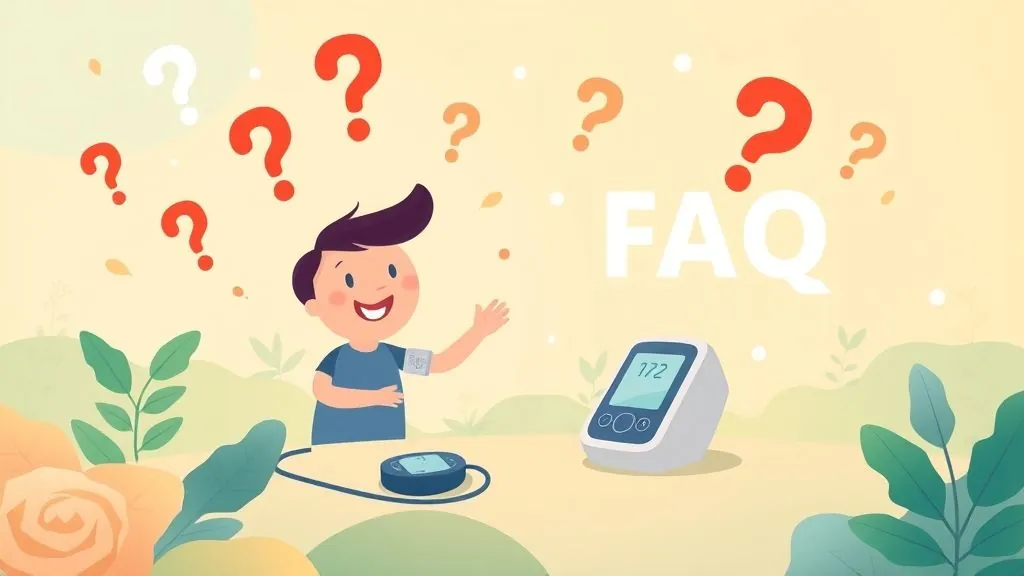
1. Can you lower blood pressure at home without medication?
Yes—by using deep breathing, hydration, physical activity, and stress-relief, you can modestly reduce your numbers. For heavy spikes or chronic hypertension, medicine may still be necessary.
2. How fast will these methods work?
Most lifestyle hacks (breathing, hydration) act within minutes to hours. Dietary changes (less salt, more potassium) work over days to weeks.
3. Are home BP monitors accurate?
When used correctly (rested, seated, proper cuff), home monitors provide reliable data for self-management.
4. What should I do if my blood pressure won’t go down?
- Repeat relaxation and hydration steps.
- Double check medication compliance.
- Contact a health professional if readings remain high.
conclusion
Remember: while knowing how to quickly lower blood pressure at home is empowering, consult your healthcare provider for persistent high readings, new symptoms, or before making any drastic changes. Listen to your body—your heart will thank you for it.